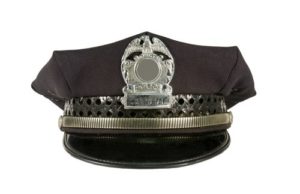
Following a 2006 terrorist plot to detonate liquid explosives on a number of different commercial airline carriers, the Transportation Security Administration (TSA) implemented a number of rigid regulations regarding the presence of liquids on commercial aircrafts. Immediately following the incident, TSA liquids regulations prohibited any passenger from carrying any type of liquid or gel onto an airplane.
In the event that TSA security officers located liquids, including baby formula, toothpaste, deodorant, shampoo, or any other type of liquid or gel, the offending substance would be removed from the passenger’s luggage and discarded. After extensive research conducted by the TSA, it was determined that, in small amounts, these liquids are not dangerous. Therefore, the TSA security restrictions regarding liquids were reduced slightly.
Currently, the TSA liquids regulations allows passengers to carry small quantities of liquid substances onto commercial aircrafts. Every passenger is permitted to carry onto the airplane 1 quart sized plastic bag, filled with bottles containing liquids. The bag must be clear and have a zip or resealable top. Every bottle or container placed within the bag must be 3.4 ounces or less.
Any bottle that is holding liquids must be contained within this bag. If an individual has larger bottles that contain liquids or if he/she has small bottles that cannot fit into the quart-sized bag, he/she must pack these items within his/her checked luggage. If an individual must carry breast milk, baby formula, or medication onto the airplane, these substances can not exceed three ounces, and they must be inspected by security officers.
























